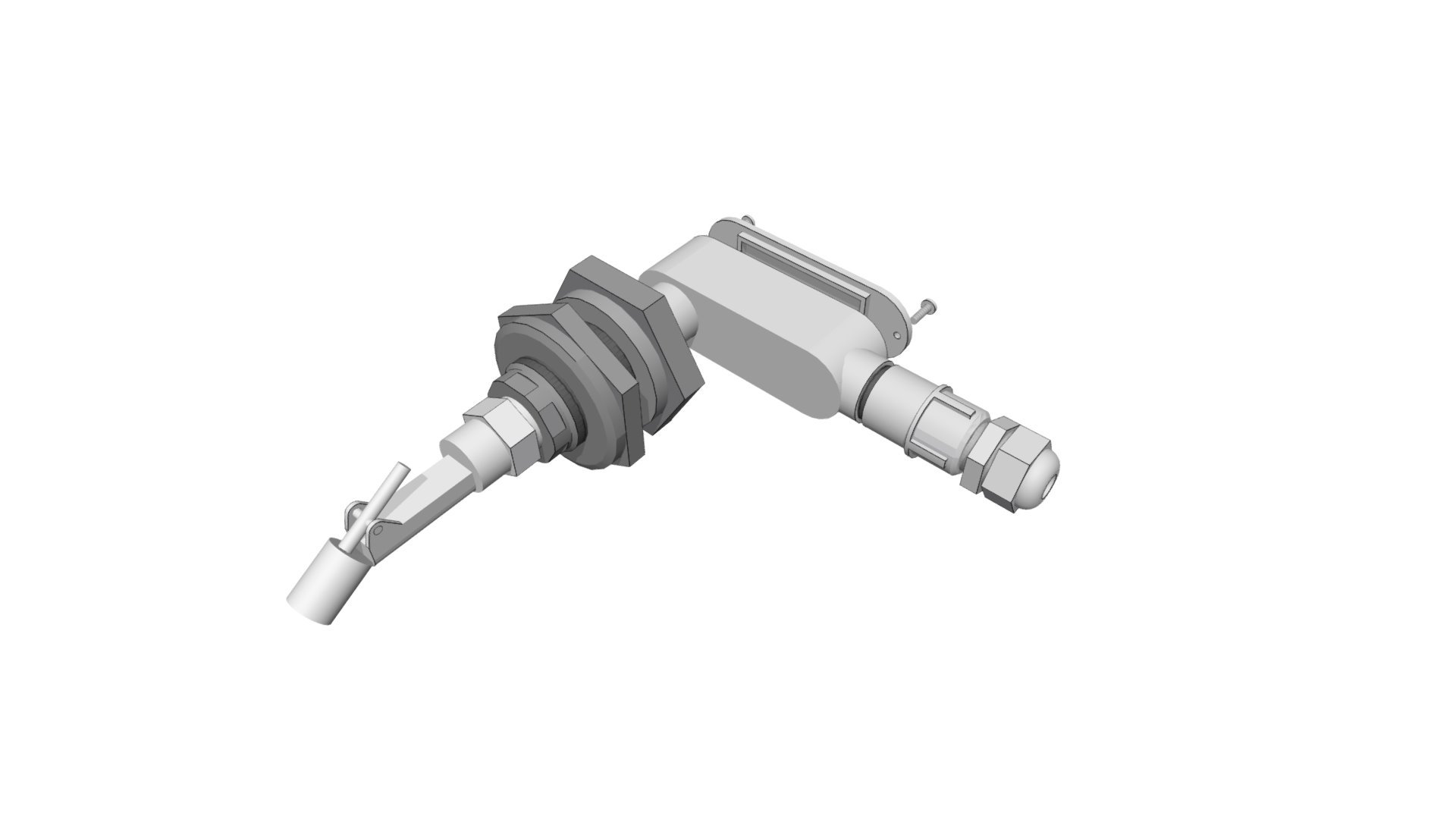
0122050
sketchfab
Low-Level Floating-Point Arithmetic Operations in Assembly Code ============================================================== ### Introduction Floating-point arithmetic operations are a crucial aspect of computer programming. In this article, we will delve into the world of low-level floating-point assembly code, exploring its intricacies and nuances. ### The GP FPU The General-Purpose (GP) Floating-Point Unit (FPU) is a vital component of modern CPUs. It enables efficient execution of floating-point operations, making it an indispensable tool for programmers working with numerical computations. ### Arithmetic Operations The GP FPU supports a wide range of arithmetic operations, including addition, subtraction, multiplication, and division. These operations are performed using the following assembly instructions: * `ADD`: Adds two floating-point numbers. * `SUB`: Subtracts one floating-point number from another. * `MUL`: Multiplies two floating-point numbers. * `DIV`: Divides one floating-point number by another. ### Data Types The GP FPU operates on several data types, including: * `float`: A 32-bit floating-point number with a single precision. * `double`: A 64-bit floating-point number with double precision. ### Example Code Here is an example of how to perform basic arithmetic operations using the GP FPU: ```assembly ; Add two floating-point numbers ADD eax, [esp+4] ; Load first operand into EAX ADD eax, [esp+8] ; Add second operand to EAX STOR [esp], eax ; Store result in memory ; Subtract one floating-point number from another SUB eax, [esp+4] ; Load first operand into EAX SUB eax, [esp+8] ; Subtract second operand from EAX STOR [esp], eax ; Store result in memory ; Multiply two floating-point numbers MUL eax, [esp+4] ; Load first operand into EAX MUL eax, [esp+8] ; Multiply EAX by second operand STOR [esp], eax ; Store result in memory ; Divide one floating-point number by another DIV eax, [esp+4] ; Load dividend into EAX DIV eax, [esp+8] ; Divide EAX by divisor STOR [esp], eax ; Store result in memory ``` ### Conclusion In conclusion, low-level floating-point assembly code is a powerful tool for programmers working with numerical computations. By mastering the GP FPU and its instructions, developers can create efficient and optimized code that takes advantage of the CPU's capabilities.
With this file you will be able to print 0122050 with your 3D printer. Click on the button and save the file on your computer to work, edit or customize your design. You can also find more 3D designs for printers on 0122050.
